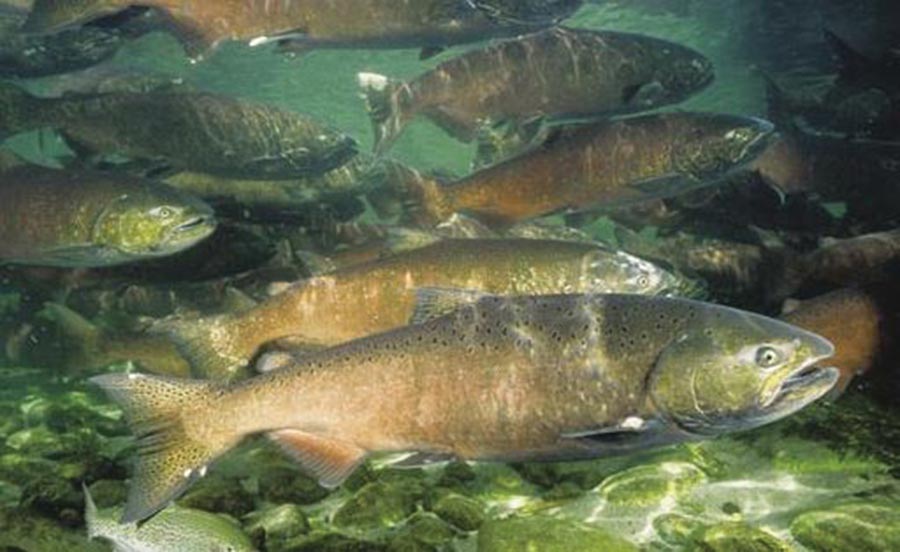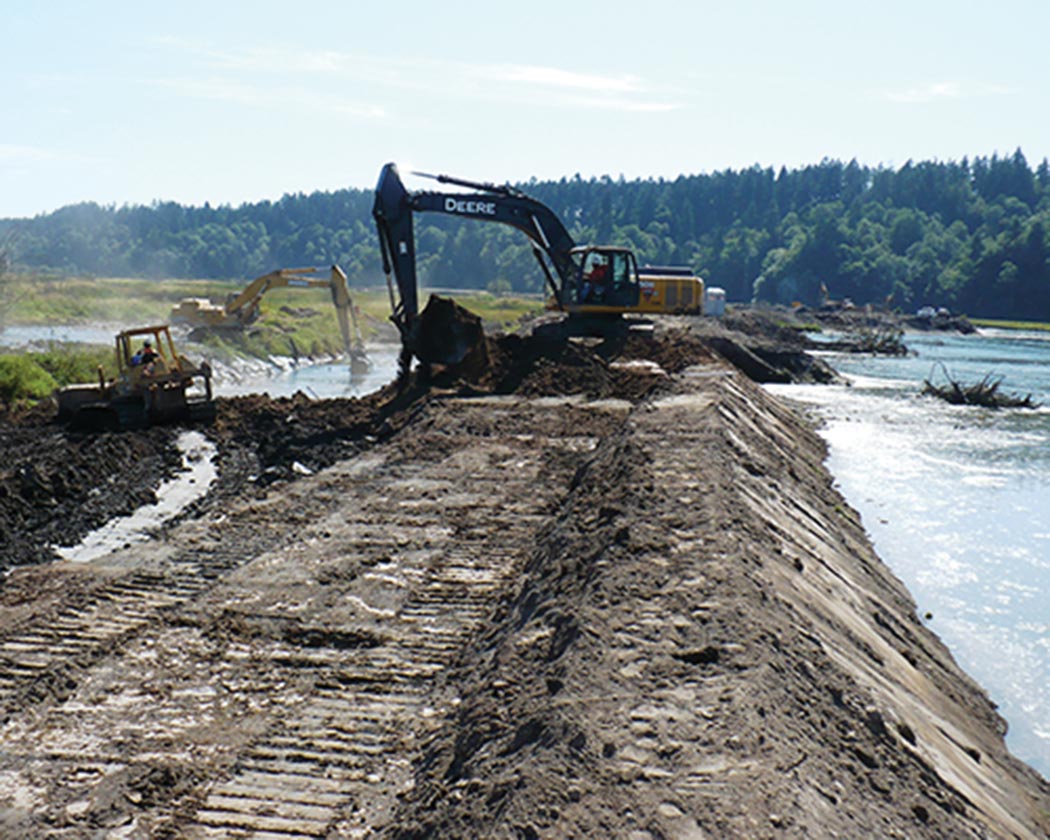Introduction
The Northwest region includes the states of Idaho, Oregon, and Washington. The Highlights section below offers a high-level overview of climate change impacts on this region, including the four Key Messages and selected topics. (see Ch. 21: Northwest)


















